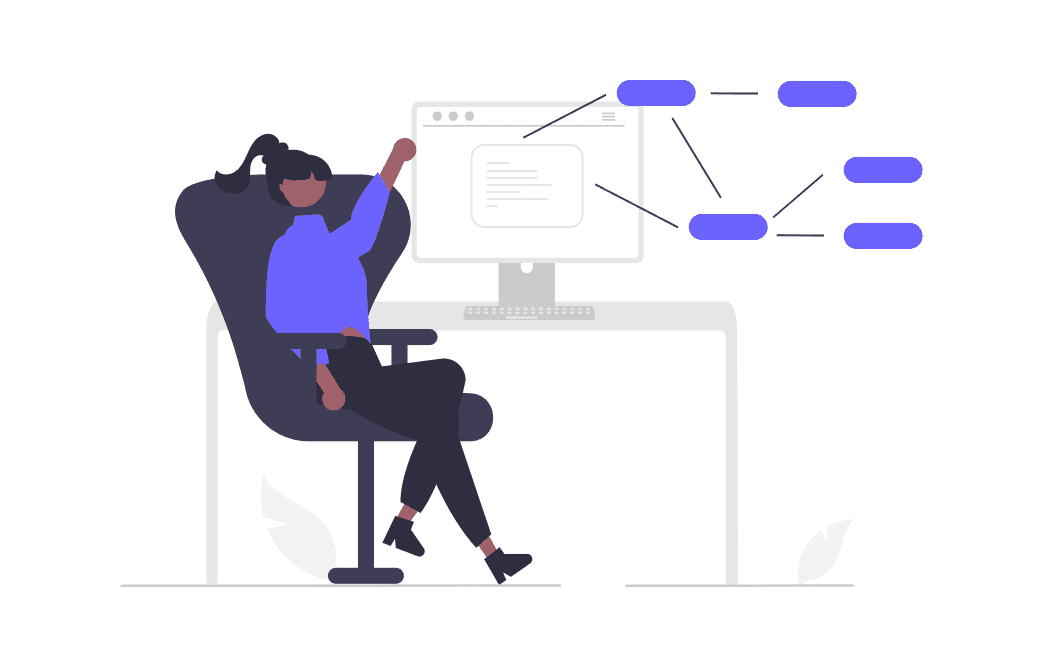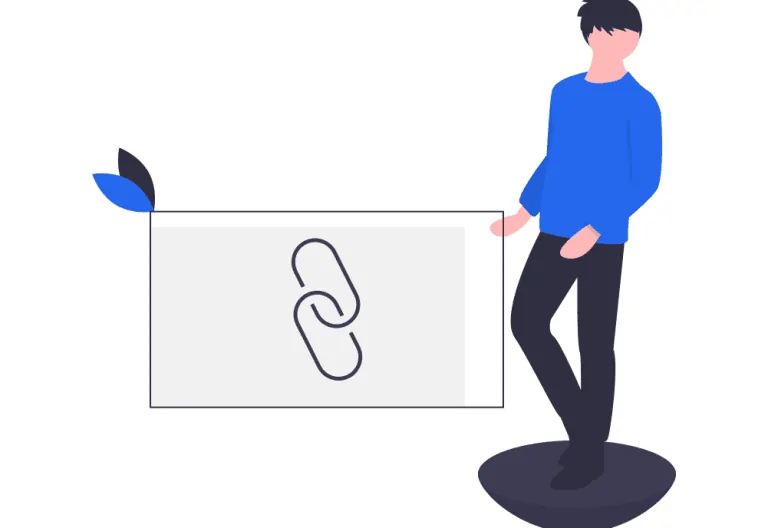Marketing automation gets a bad reputation. It’s often blamed for robotic emails, annoying popups, and drip campaigns that feel more like leaks.
But that’s not the automation’s fault. That’s what happens when you plug in tools before thinking through your message, your customer, and your timing.
Used well, marketing automation doesn’t replace marketers. It multiplies them. It creates the illusion that your brand is everywhere, listening, responding, adapting—even when no one’s touching the keyboard.
The best marketing automation? It’s invisible. It doesn’t feel like a machine. It feels like someone on the other side is paying attention.
So how do you create marketing automation that doesn’t feel automated? Let’s talk about that.
Marketing automation is not about doing less. It’s about sounding like more.
People don’t notice how much marketing you’re doing. They notice when something shows up too late, sounds generic, or repeats itself in the wrong place.
Most teams treat marketing automation like a factory. One trigger, one template, one send.
But the smartest teams use it like a stage manager, implementing AI integration to enhance their strategies. It’s not just pushing content. It’s pulling levers at the right moments. It’s timing. Cue cards. Light control.
Your email isn’t just a newsletter. It’s Act II of a story they’ve already stepped into.
Done well, automation isn’t about “touchpoints.” It’s about momentum.
The myth of personalization is killing your brand
We’ve been told that personalization is everything. Use first names. Mention company size. Reference behavior. Dynamically insert content.
And yet… almost all of it still feels like filler.
Why?
Because personalization without intimacy is just variable-swapping.
What your customer actually wants is relevance. Not “Hey [Kinga]!” but: “This solves the problem you’re tired of Googling at 11 p.m.”
Automation allows you to personalize at scale only if the inputs are honest.
Start with behavior over identity:
- What have they clicked on twice but never purchased?
- Which article did they scroll to the end of?
- What feature do they never use?
When your automation speaks to friction, not profile, it becomes useful.
Your funnel is a city. Automation is the traffic light system.
Your funnel isn’t linear. It’s a city. A messy one, with back alleys, dead ends, scenic detours, and repeat visitors.
Some people want a guided tour. Others want to explore on their own. Some are stuck in traffic. Others are riding in circles. Different types of work environments influence how your audience moves through that city—what feels intuitive, urgent, or overwhelming can vary wildly by team structure and culture.
Marketing automation’s job isn’t to herd everyone down the same street. It’s to guide movement without interruption.
That might mean:
- Showing an exit survey before they cancel—not after
- Sending the one case study that matches their industry and team size—without a sales rep needing to dig
- Offering the next logical product or resource—only when they’re stuck
Automation gives your audience green lights where they expect red ones. And quietly redirects when they take a wrong turn.
The best automation doesn’t scream “Buy.” It whispers “Still interested?”
You can tell when automation is desperate. Five emails in five days. Emojis in subject lines. Discounts in subject lines. Desperation in the subject lines.
Here’s a radical idea: automation can be quiet.
Instead of pushing, it can:
- Remind someone what they liked
- Show what they haven’t seen
- Offer something helpful at the perfect time
Instead of sending 10 emails to chase one sale, what if your system simply paused—and followed up with the right thing 3 weeks later?
What if your entire flow was built to mimic a thoughtful friend checking in—without needing a favor?
That’s not nurture. That’s respect.
Let the robots run your checklist. Save your humans for the turning points.
Not everything in marketing should be automated. But a lot of it should be.
Automation is perfect for:
- Welcome sequences that calibrate expectations
- Lead scoring that keeps your CRM from turning into soup
- Re-engagement campaigns that know when to quit
- Webinar reminders that don’t rely on calendar invites
- Form handoffs that tag, segment, assign, and thank—without anyone touching it
But it should never own:
- Apologies
- High-stakes decisions
- Risky pivots
- Sensitive outreach
- Anything with nuance, emotion, or negotiation baked in
If it involves friction, ambiguity, or potential regret, automation should support the human, not replace them.
Think of automation as setting the table. Your team still serves the meal.
Automation is not set-it-and-forget-it. It’s your most active campaign.
The deadliest mistake? Building a flow and walking away.
Marketing automation is not a houseplant. It’s a living campaign. It needs:
- Review cycles
- Subject line testing
- Behavior audits
- Content upgrades
- Rewrites as your offer matures
That old onboarding email from 2020? It’s still running. But is it still helping?
That 7-email “lead nurture”? Are people opening Email 5? Or did they drop off after 2?
Treat automation like you treat paid ads or product copy. It ages. It stales. It stops working.
And when it stops working? It starts hurting.
Automation done right makes small teams feel like big brands—and big brands feel personal
The beauty of automation is that it levels the playing field.
A 5-person agency can feel like a well-oiled growth machine.
A 500-person software company can feel like a friend in your inbox.
It’s not about quantity. It’s about orchestration.
That means syncing:
- Email sequences with customer milestones
- In-app messages with behavior thresholds
- Content tracks with lifecycle stage
- CRM activity with deal health
No one system can do it all. But when your tools speak to each other, and your message speaks to your audience’s moment, everything feels personal—even if it’s fully automated.
Five weird places to use automation that no one talks about
Let’s get practical. Here are five underrated spots where automation quietly improves experience and conversion:
- The “no-show” recovery
Instead of a generic “Sorry we missed you,” send a short personal story, a video message, or a next-best-step quiz. Time it for 30 minutes after the missed call. - The “feature ignored” email
If a user logs in 5 times but never tries your flagship feature, trigger a “What you might be missing” nudge—with real use case examples, not fluff. - Silent unsubscribes
Don’t wait until they click “unsubscribe.” When someone hasn’t opened an email in 60 days, pause your sends. Then ask if they still want in—with a clear opt-back-in option. - Celebration moments
Use automation to send kudos when someone finishes a course, hits a milestone, or just signed up a teammate. Not to upsell—to congratulate. - After-cart comfort
After a user buys, don’t just send a receipt. Send a “Here’s how to get the most from this” message that anticipates their next question before they ask it. - Referral nudges
When a customer leaves a glowing review, hits a usage milestone, or shares positive feedback, don’t let the moment fade. Trigger an automated invite to your referral program—while they’re most excited.
(Tools like ReferralCandy make it easy to turn those happy moments into new customers—without manual follow-up.)
Automation isn’t just for acquisition. It’s for every hidden edge in the journey.
Final thoughts: build marketing automation like you’d build a relationship
Marketing automation is not about speed. It’s about relevance over time.
When your system helps the right person see the right message at the right moment—and it doesn’t feel automated—you’ve done your job.
So don’t start with tools. Start with empathy.
- Where do people get confused?
- Where do they disappear?
- Where do they open the email but never click?
Then automate a version of you—your voice, your tone, your intention—in that moment.
Because great automation doesn’t feel automated.
It feels like someone who knows what they’re doing is quietly paying attention.


